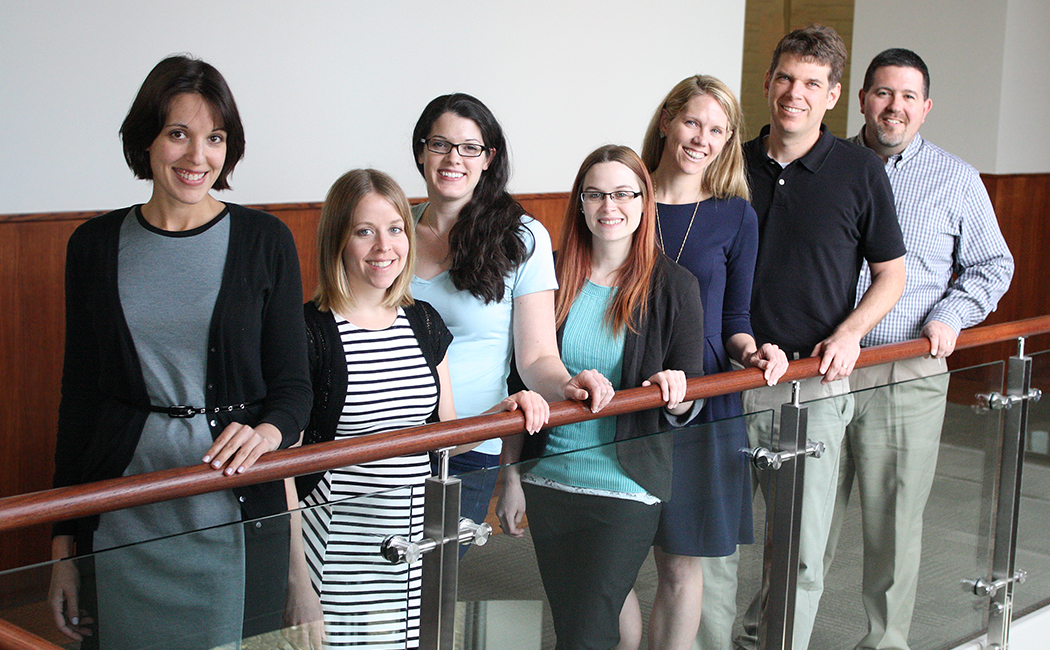
Gretna and Chadron, Nebraska, are each home to slightly more than 5,500 residents. That’s where their similarity ends.
The city of Gretna borders a major metropolitan suburb, while—nearly 500 miles away in Nebraska’s Panhandle—Chadron is a short drive from the Badlands of South Dakota.
The differences between these two cities highlights a recurrent issue for researchers: the challenge of defining “rural.”
CYFS faculty and graduate students seek to inform this issue, among other critical aspects of rural research, in an article recently published by the Journal of Research in Rural Education.
The article, “Identifying, Analyzing, and Communicating Rural: A Quantitative Perspective,” provides researchers with specific guidance on identifying a rural definition, selecting appropriate analytic methods and communicating rural details within a broader literature base.
Methodologist Natalie Koziol is the lead author on the publication’s research team, all from CYFS’ Nebraska Academy for Methodology, Analytics and Psychometrics (MAP). The team includes doctoral students Ann Arthur, Kirstie Bash and Carina McCormick, as well as research assistant professors Leslie Hawley and Greg Welch, and Jim Bovaird, director of the MAP Academy.
Their research, funded by the National Center for Research on Rural Education, seeks to enhance methods used in rural research.
“The purpose of our paper is to remind researchers that ‘rural’ has different meanings for different individuals, so operationally defining rural—and communicating this definition to readers—is critical to the dissemination and interpretation of rural research findings,” Koziol said.
The article also includes results from the team’s dataset analysis, which used different coding classifications to illustrate the impact of rural definition on statistical results and inference.
“We found large differences in results across coding schemes, which highlights the need for researchers to make informed decisions,” Arthur said. “Their decisions affect research outcomes and policy decisions.”
The premise of the paper goes beyond the issue of defining rural and has implications for researchers of other disciplines.
“It’s a matter of well-defining all of your constructs,” Koziol said. “In the social sciences, many of the constructs we’re interested in are not directly observable. It’s important that we carefully operationalize and communicate our conceptualization of these constructs.”
Whether Gretna, Chadron or any other city, population size is one of many factors to consider when defining “rural.” For rural and social science researchers, one size doesn’t—and shouldn’t—fit all.
The article is published in Volume 30 of the Journal of Research in Rural Education and is available online.